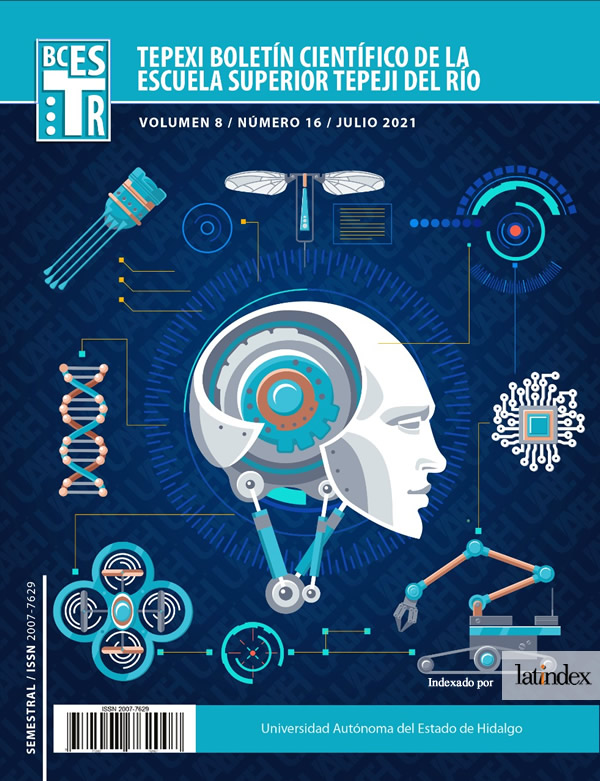Perception of students of the Bachelor of Administration regarding distance activities (COVID 19)
Abstract
The objective of this work is to be able to carry out an analysis of the perception of the students of the Bachelor of Administration, in the Higher School of Tepeji del Río, belonging to the Autonomous University of the State of Hidalgo, regarding the remote activities that were implemented due to the health contingency caused by the Sars Cov-2 virus. For this, a questionnaire is used that was applied in the month of May 2020. From the results, it is possible to account for the lack of technological resources on the part of the students to carry out their tasks and work, in addition to the existence of an Unsatisfactory perception on the part of the students regarding the acquired knowledge. In the final part of the essay, some recommendations are put to the readers' consideration to improve the teaching-learning process in situations similar to those produced by the pandemic that is currently happening.
Downloads
References
Altbach, P., & de Wit, H. (25 de Marzo 2020). El impacto del coronavirus en la educación superior. https://educacion.nexos.com.mx/?p=2221
Adell, J. (1995). Educación en la Internet. Universitas Tarraconensis, 207-214.
Colina Colina, Lesbia (2008). Las Tic en los Procesos de Enseñanza- Aprendizaje en la Educación a Distancia. Laurus, ISSN: 1315-883X https://www.redalyc.org/articulo.oa?id=761/76111716015
Dorrego, E. (2016). Educación a distancia y evaluación del aprendizaje. Revista de Educación a Distancia (RED), (50).
Gobierno de México. (13 de Abril de 2020). 10 sugerencias para la educación durante la emergencia por COVID 19.https://www.gob.mx/cms/uploads/attachment/file/546270/mejoredu_covid-19.pdf
Lima Montenegro, Sylvia, & Fernández Nodarse, Francisco Alberto (2017). La educación a distancia en entornos virtuales de enseñanza aprendizaje. Reflexiones didácticas. Atenas, 3(39),31-47. ISSN: https://www.redalyc.org/articulo.oa?id=4780/478055149003
Medina, J. E. C., Pulido, J. W. G., & Pulido, A. G. (2020). El rol del profesor en la modalidad a distancia. Boletín Redipe, 9(1), 79-90.
Smaldino, S.; Russell, J.; Heinich, R. & Molenda, M. (2002). Instructional Technology for Learning. USA: Prentice Hall.
Székely, M. (1 de Julio de 2020). Cicatrices del Covid 19 en la educación. https://www.nexos.com.mx/?p=48719
Talbot, C. (2003). Estudiar a distancia: una guía para estudiantes. Barcelona: Gedisa.
UNESCO. (2019). Consecuencias negativas por el cierre de escuelas. https://es.unesco.org/node/320395
UNICEF. (Julio de 2020). Covid-19: Re imaginar la educación. https://www.unicef.es/sites/unicef.es/files/educa/unicef-educa-COVID-19-Reimaginar-educacion.pdf
World bank. (17 de Marzo de 2020). Banco Mundial Educación COVID-19 Mapa de cierre de escuelas. https://www.worldbank.org/en/data/interactive/2020/03/24/world-bank-education-and-covid-19












